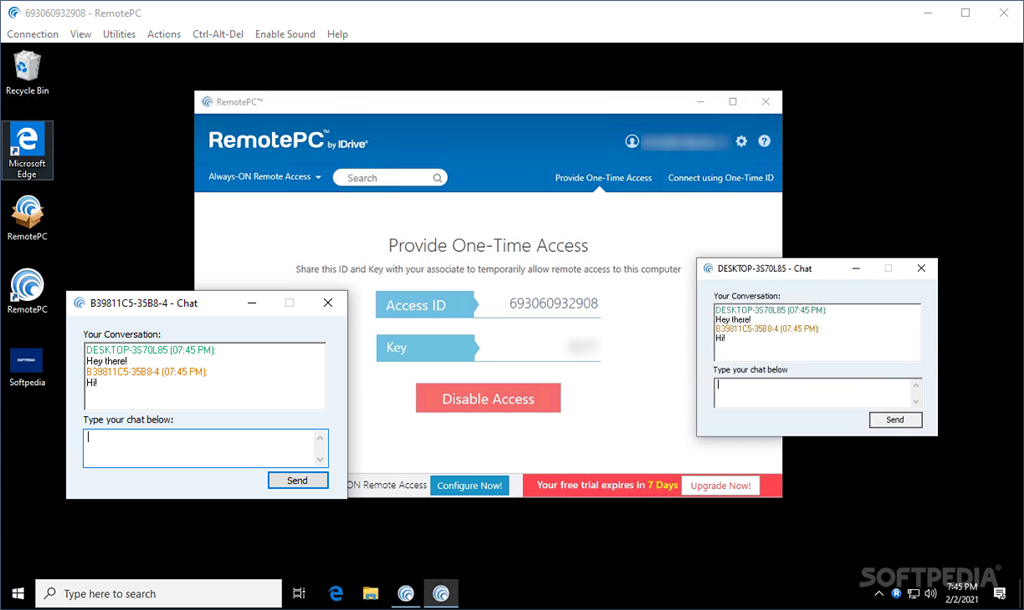

It could also be a bad IP address, the ports may not be open, or a firewall could block the connection attempt.
REMOTEPC SHOWING OFFLINE PC
It could be a DNS issue, or the PC may be offline. There are many reasons a remote connection can't connect. Invoke-Command can connect to many machines at once, but you can encounter problems when the cmdlets can't connect to a remote PC. In addition, you can read up on remoting by typing Help About_Remoting at your PowerShell cmd prompt.Īvoiding connecting to unreachable computers I have also discussed remoting configurations and security options extensively on my site and recorded a video presentation on security and logging options. If you need a primer on getting started with PowerShell remoting, refer to the 4sysops wiki. This will be a deeper dive on remoting and challenges you may encounter. PowerShell Remoting connects to multiple machines in bulk and has security features built in to make the connections secure. It differs from connecting via Windows Management Instrumentation (WMI) or using some other tool like PsExec or Remote Desktop Protocol (RDP). When the commands finish processing, it sends the results back to your machine. Remoting makes a secure connection behind the scenes to each computer you specify and then executes the commands on the remote machine(s). PowerShell Remoting allows you to connect to multiple computers on your network from a PowerShell command prompt. Follow along as I share some tips you can use to handle these situations. These situations and others can make running PowerShell remote commands a challenge. Compensating for computers that may respond slowly.Connecting to computers requiring different credentials.Avoiding connecting to offline computers.


 0 kommentar(er)
0 kommentar(er)
